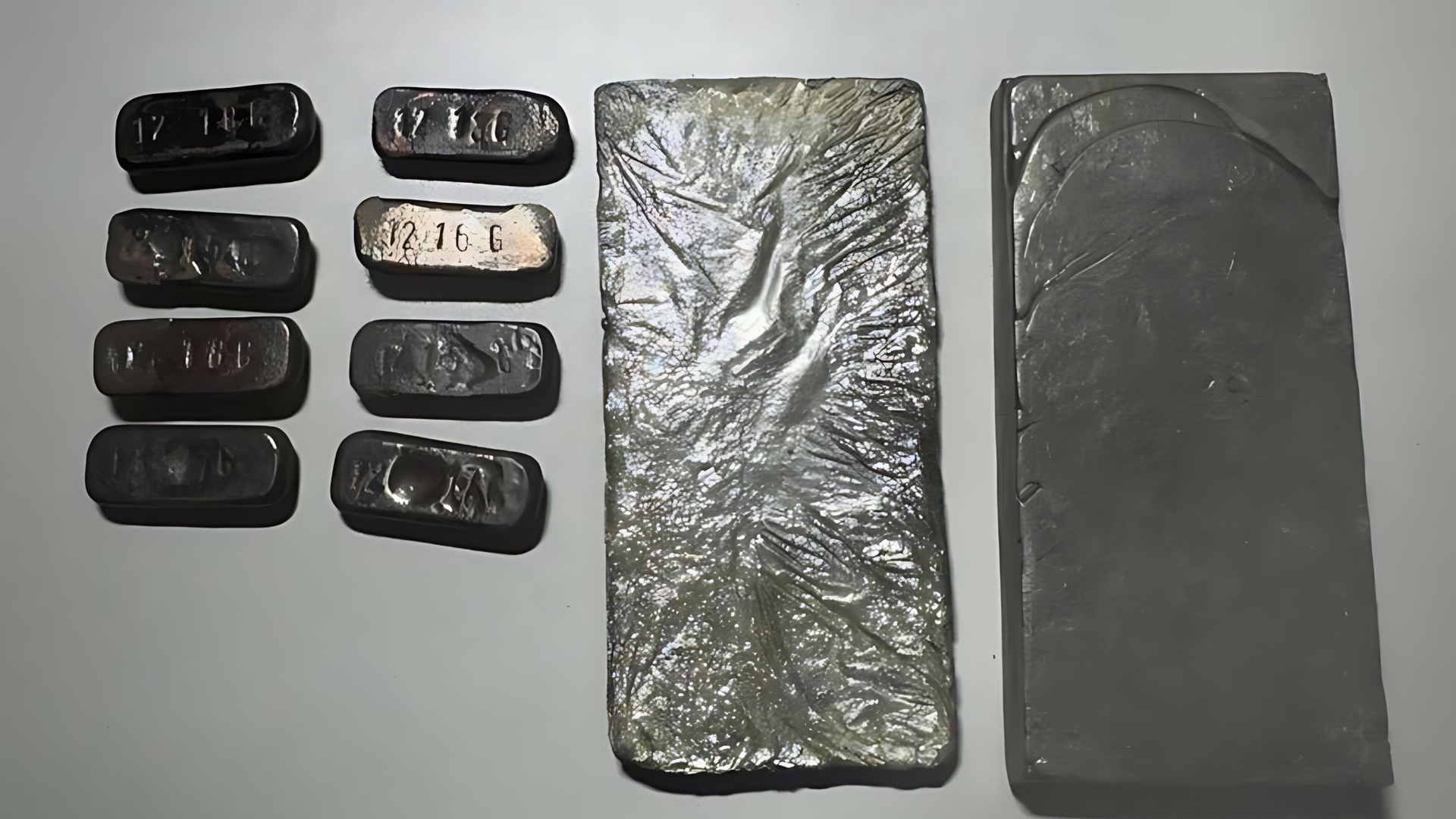

The platinum group metals (PGMs) include six d-block elements: ruthenium (Ru), rhodium (Rh), palladium (Pd), osmium (Os), iridium (Ir), and platinum (Pt). These elements are among the rarest in the Earth's crust. Their abundance is significantly lower compared to more common industrial metals such as copper (Cu) and iron (Fe). The crustal abundances of Pt and Pd, the most abundant PGMs, are 1.625 and 0.675 atoms per million silicon (Si) atoms, respectively, while Rh is the rarest at 0.214 atoms per million Si atoms. Compared to Cu and Fe, which have far greater abundance, PGMs are relatively scarce, making their extraction and processing both challenging and costly.
Despite their rarity, global PGM reserves are estimated to be sufficient to meet demand for at least 200 years based on USGS data. Although total PGM resources are small relative to Cu, Fe, and other more common metals, their consumption is also relatively low, primarily focused on industrial applications such as catalysts and automotive emission control systems.
PGMs are typically found in ultramafic and mafic igneous rocks. These formations, which host the richest PGM ore bodies, occur primarily in Canada, Russia, South Africa, the United States, and Zimbabwe.
South Africa holds the largest reserves, primarily within the Bushveld Complex, which includes the Merensky Reef, UG2 Reef, and Platreef. These deposits are characterized by high PGM concentrations, with primary production centered on platinum and palladium. The Zimbabwean deposits, including Mimosa, Ngezi, and Unki, also occur in mafic-ultramafic layered intrusions, producing primarily sulphide ores.
In North America, PGMs are often by-products of other metal mining operations. For example, in Canada, PGMs are extracted as a by-product of nickel and copper mining in the Sudbury Complex, Ontario, which is believed to be the result of a meteorite impact. Similarly, the Stillwater Complex in Montana, USA, produces PGMs as co-products.
Russia’s primary PGM reserves are located in the Noril’sk Complex in northwestern Siberia. These deposits formed due to sub-volcanic sills, making Russia one of the largest producers of PGMs, alongside South Africa. In addition to these primary deposits, some alluvial sources also contribute to Russian PGM production.
PGMs occur primarily in two forms:
The primary host minerals for PGMs include chromite and sulfide ores. In the Bushveld Complex and other South African deposits, PGMs are typically found within layered mafic intrusions. In contrast, Russian and Canadian PGM deposits are often associated with nickel and copper sulfide ores.
PGM resources vary widely by region and ore body. The Bushveld Complex in South Africa holds an estimated 63,000 tonnes of PGM reserves, making it the largest known source globally. Zimbabwe follows with approximately 1,200 tonnes, while Russia's Noril’sk Complex holds around 3,900 tonnes. The Stillwater Complex in the USA and Sudbury Complex in Canada contain 900 and 310 tonnes, respectively.
The PGM content in ore bodies is measured in grams per tonne (g/t). The Stillwater Complex in the USA contains some of the highest PGM concentrations, with values reaching 15.47 g/t. Russian and South African deposits generally range from 2 to 10 g/t, depending on the ore body. Lower-grade deposits, such as those in Canada, contain less than 1 g/t PGM but are still economically viable due to the co-production of other valuable metals like nickel and copper.
The estimated lifetimes of PGM reserves vary by element. Platinum reserves are expected to last approximately 202 years, palladium 116 years, rhodium 166 years, ruthenium 201 years, and iridium 224 years. These estimates highlight the relatively stable supply of PGMs in the near future, although demand fluctuations and advancements in recycling technologies may influence these projections.
PGMs are among the rarest elements in the Earth's crust, yet they play a crucial role in industrial and catalytic applications. Their geologic abundance is low, and they are primarily found in ultramafic and mafic igneous rocks. South Africa, Russia, Canada, the USA, and Zimbabwe hold the largest known PGM reserves, with South Africa leading in both total resources and production. PGMs occur in both siderophilic and chalcophyllic states, with their extraction depending on ore concentration and economic feasibility. Despite their rarity, current PGM reserves are projected to last for centuries, ensuring a stable supply for industrial and catalytic processes well into the future.